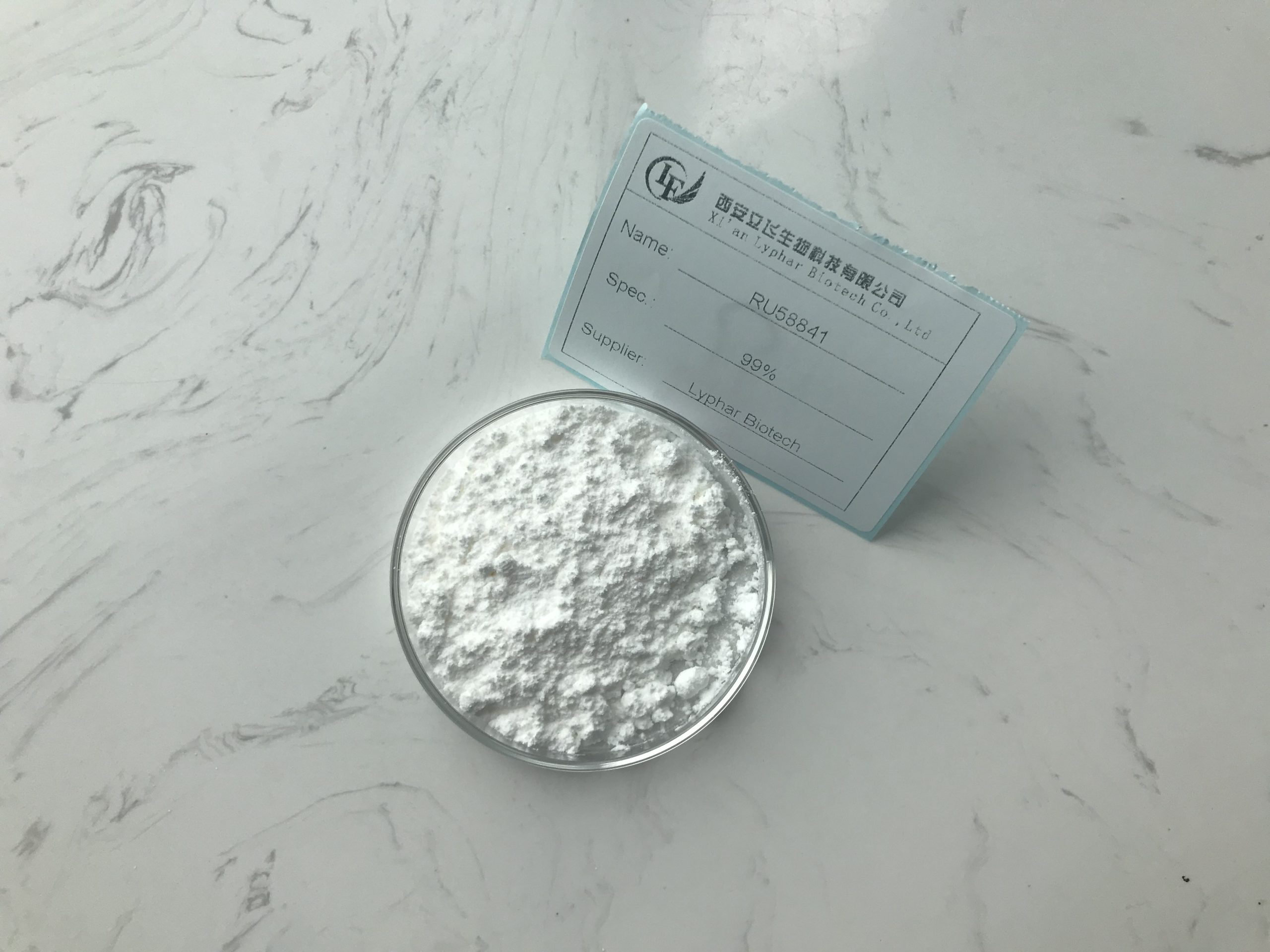The battle against hair loss can often seem daunting, particularly when the solutions you’ve tried don’t appear to be effective. Many people use Finasteride, a type II 5α-reductase inhibitor, in their fight against hair loss, but it doesn’t work for everyone. The effectiveness of Finasteride is not 100%, and there are those who may not respond to this treatment. The question then arises – “What should you do if Finasteride doesn’t stop your hair loss?” Here are some possible solutions:

Minoxidil Treatment
Minoxidil is a broad-spectrum treatment that can be used in conjunction with Finasteride. If Finasteride isn’t providing the results you desire, Minoxidil might be a potential option to consider. Minoxidil and Finasteride don’t conflict, and the former may be effective when the latter isn’t.
Microneedling/Laser Treatment
Microneedling or Laser treatments mainly aim to promote local blood circulation and are compatible with Finasteride. These can potentially yield results when Finasteride isn’t effective.
Dutasteride
Dutasteride is another potential treatment to consider. Unlike Finasteride, Dutasteride inhibits both type I and II 5α-reductases. It could potentially have some effects even when Finasteride fails. However, it’s important to note that Dutasteride has more side effects than Finasteride and it’s not a formally approved medication in some countries, so it’s generally not recommended.
RU58841
Another alternative is RU58841. RU58841 can reduce DHT not by inhibiting 5α-reductase, but by reducing the activity of androgen receptors (AR) to minimize the impact of DHT. Hence, it might be an option worth considering. Nevertheless, RU58841 is not a common medication, it hasn’t been certified by the FDA, and it doesn’t even have a formal name. It’s primarily known within certain hair restoration circles in North America.
In addition to these, it’s crucial to remember that seeing results with Finasteride takes time. While the commonly accepted timeframe for seeing results is around 3-4 months, it can actually take 5-6 months, or even over a year for some people, to witness significant effects. Therefore, if you’re not seeing results, it could simply be that you need to use it for a longer period. Patience, as they say, is a virtue, especially when it comes to hair loss treatments.
